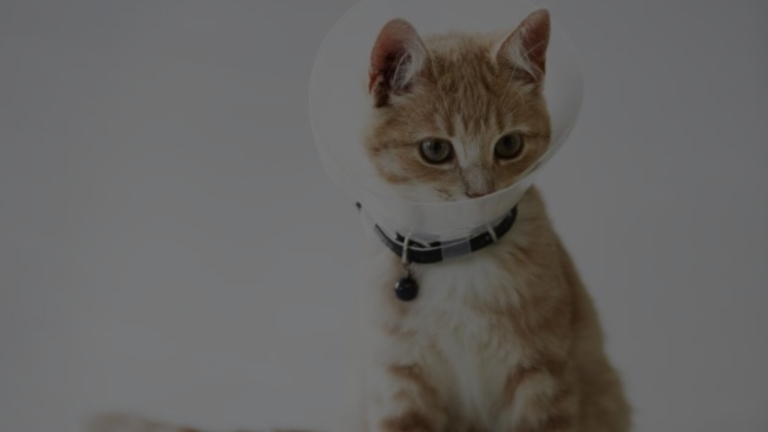If you’re a pet owner wondering, “Where can I declaw my cat?” you’ve come to the right place. Declawing is a hot topic in the world of pet care, and it’s essential to be well-informed before making any decisions about your feline friend’s well-being. In this comprehensive guide, we’ll explore the pros and cons of declawing your cat and provide you with valuable insights on where you can safely have this procedure done.

Understanding Cat Declawing
What is Cat Declawing?
Declawing is a surgical procedure that involves removing the cat’s claws. This is not just nail clipping, but a more invasive procedure that removes every last bone in each claw. This procedure is also known as onychectomy.

Why Do People Consider Declawing?
- Furniture Protection: One common reason for declawing is to prevent cats from scratching furniture and belongings.
- Indoor Safety: Some cat owners opt for declawing to minimize the risk of scratches to family members, particularly young children.
- Aggressive Cats: In rare cases, declawing may be recommended for cats with severe behavioral issues, although alternative solutions should be explored first.
Pros of Declawing Your Cat
While cat declawing is a controversial topic, some pet owners consider it for various reasons. Here are the potential benefits:

- Furniture Preservation: Declawing can help protect your furniture and household items from being scratched and damaged by your cat.
- Reduced Scratching Risks: Without claws, your cat is less likely to scratch you accidentally, especially during playtime.
- Allergy Management: If you or a family member has allergies, declawing can reduce the risk of allergic reactions caused by cat scratches.
Cons of Declawing Your Cat
It’s crucial to weigh the potential drawbacks of declawing before making a decision:
- Pain and Discomfort: Declawing is a painful procedure that involves amputating a part of the cat’s toes. This can lead to long-term pain and discomfort.
- Behavioral Changes: Some declawed cats may exhibit behavioral changes, such as increased aggression, as they lose their primary means of defense.
- Health Risks: Declawing carries various health risks, including infection, nerve damage, and lameness.
Where Can You Declaw Your Cat Safely?
If you’ve decided that declawing is the right choice for your cat after careful consideration of the pros and cons, it’s essential to choose a reputable and experienced veterinarian or animal clinic to perform the procedure.

Consult Your Veterinarian
Start by scheduling a consultation with your veterinarian. They can guide whether declawing is suitable for your cat based on their age, health, and behavior.
Research Local Clinics
Look for local veterinary clinics or hospitals that offer declawing services. Read reviews and ask for recommendations from other pet owners.
Verify Credentials
Ensure that the clinic or veterinarian you choose is licensed and has experience with declawing procedures. They should follow ethical guidelines and prioritize the well-being of the cat.

Discuss Aftercare
Before proceeding, discuss the post-operative care and recovery process with the veterinarian. Proper aftercare is crucial to ensure your cat’s comfort and well-being.
Consider Alternatives
Before making a final decision, explore alternative options to address scratching issues, such as providing scratching posts, training, and nail trimming.

Resources & References
For more information on cat declawing and related topics, consider exploring the following high-authority resources:
Understanding Cat Declawing: A Comprehensive Guide(PDF)
 Loading...
Loading...Recommended Reading:
Pros & Cons of Declawing Your Cat
If you’re interested in learning more about the pros and cons of declawing your cat, we recommend watching the YouTube video. This video provides additional insights and can help you make an informed decision about your cat’s well-being.
In conclusion, the decision to declaw your cat should not be taken lightly. It’s essential to consider both the advantages and disadvantages of this procedure and consult a qualified veterinarian who can provide guidance tailored to your cat’s specific needs. Your cat’s health and well-being should always be the top priority in any decision regarding their care.
FAQs – Where Can I Declaw My Cat
Will vets declaw cats anymore?
Yes, but many vets are opposed to the procedure.
Are there any states that still declaw cats?
Yes, declawing is still legal in most states, but New York and Maryland have banned it.
How much does it usually cost to declaw a cat?
The cost to declaw a cat varies depending on the location and the type of procedure used, but it typically ranges from $600 to $1,800.
Can cats be declawed in MN?
Yes, declawing is still legal in Minnesota.
What age is too late to declaw a cat?
There is no definitive answer to this question, but most vets recommend declawing kittens before they are 16 weeks old. Declawing older cats can be more risky and painful.
What states is declaring illegal in?
Declawing is illegal in New York and Maryland.
What can I do instead of declawing?
There are several alternatives to declawing, such as regular nail trims, nail caps, and scratching post-training.
What is the best alternative to declawing a cat?
The best alternative to declawing a cat is providing plenty of opportunities to scratch appropriately.







